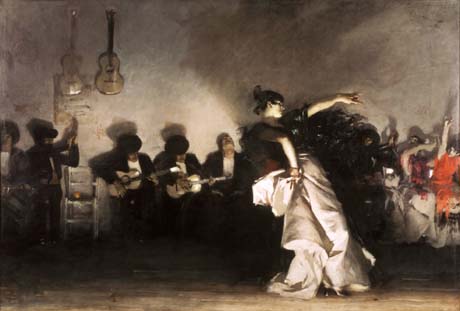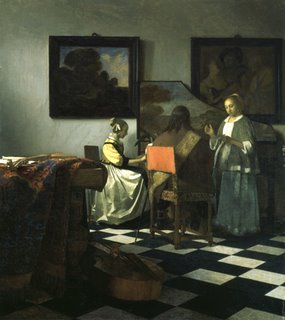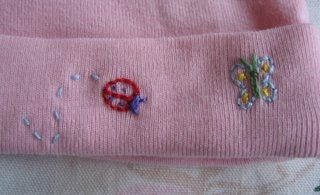Clothespin World
 My cousin taught me the fine art of clothespin doll-making when I was six and she was seven. She was visiting us in Chicago (we were city-mouse, country-mouse cousins - I lived in an apartment, she lived on a farm), and brought along a little bag of eight plain wooden clothespins and some scraps of cloth. "We can make dolls out of these," she announced, and I watched intently as she showed me how. As I remember it, we spent all of one day holed up in the back room of the apartment, craft supplies spread all over the olive green wall-to-wall carpet, each making a family of primitive clothespin figures. I think I still have them somewhere, those original prototypes.
My cousin taught me the fine art of clothespin doll-making when I was six and she was seven. She was visiting us in Chicago (we were city-mouse, country-mouse cousins - I lived in an apartment, she lived on a farm), and brought along a little bag of eight plain wooden clothespins and some scraps of cloth. "We can make dolls out of these," she announced, and I watched intently as she showed me how. As I remember it, we spent all of one day holed up in the back room of the apartment, craft supplies spread all over the olive green wall-to-wall carpet, each making a family of primitive clothespin figures. I think I still have them somewhere, those original prototypes.Thus followed years of prolific clothespin doll production. My cousin and I replicated the cast of "Little House on the Prairie," developing innovations in yarn "styling" to create different hair effects. She devised ringlets for Nellie Olsen, for example, by holding onto one strand of a piece of yarn and scrunching the rest into a fat worm. Hold an iron just over the yarn on the steam setting, allow to dry, and the finished product, once that central strand is pulled out, results in curls worthy of Cindy Brady. Individual strands pressed flat created a sewing-room version of today's shiny-straight flat-iron look.
I passed on the secrets of the craft to my best friend from school, too, and soon we had a mini-mountain of figures inspired by Mary Norton's "Borrowers" series. The clothespin medium was perfect for that story, which follows the adventures of a race a tiny people who live under the floors and behind the walls. Our story lines quickly branched out from the original books, sort of a childhood version of fan fiction, I suppose, but without all the improbable hook-ups. (We saved that for Barbies.)
A few years ago I was telling a friend about these girlhood games, and she seemed so charmed by the idea I decided to make a doll for her birthday. I liked the finished result so much I took a picture of it, posed in front of a little cardboard market stand from a French children's game. I liked that result even better.

Since then I've been sporadically making more dolls and taking pictures of them in little scenes. I'm startled by how much fun it is, and I do it a little furtively, because, let's face it, I am basically playing dolls. I mean, am I Grown-Up Doll Lady? But the process and the final results are so satisfying, like filming your own little still-life movie, with yourself as the writer, director, location scout, and costumer.
My friend Jess was musing recently about the particular appeal of this kind of photographed 3-D world, and I couldn't agree with her more. The process of putting together these worlds is pure joy. I, too, loved the Rankin-Bass holiday movies, more than any of the other holiday specials, and while I somehow missed out on the naughty world of "The Lonely Doll," I did have a favorite, more upbeat book called "Alfred Goes House Hunting," by Bill Binzen, in which a tiny teddy bear explores the very real outdoors, looking for a summer abode. That one's now out of print, but you can view the first book in the series, "Alfred the Little Bear," on Binzen's web site. This is a scene from that book.

I know I want to do something with this peculiar pursuit, but what it will be is yet to be seen. I've gotten some strident advice that I should make a children's book, or market a series of clothespin dolls, or come up with a kicky name for them ... but none of those approaches feels quite right. In the meantime I'll be making new outfits for my cast of characters and photographing them in the herb garden, and wait to see where they lead me.
Update: Thought I'd link to a few more clothespin pictures on Flickr; these are from a birthday picture book I made for my friend Christina, in which a magic birthday present (a handbag) whisks her and her cat Fritz off on an international adventure.
If you need tips on making your own clothespin dolls, I have a tutorial up here. They are lots of fun: I highly recommend it!

Labels: clothespin dolls, crafts








